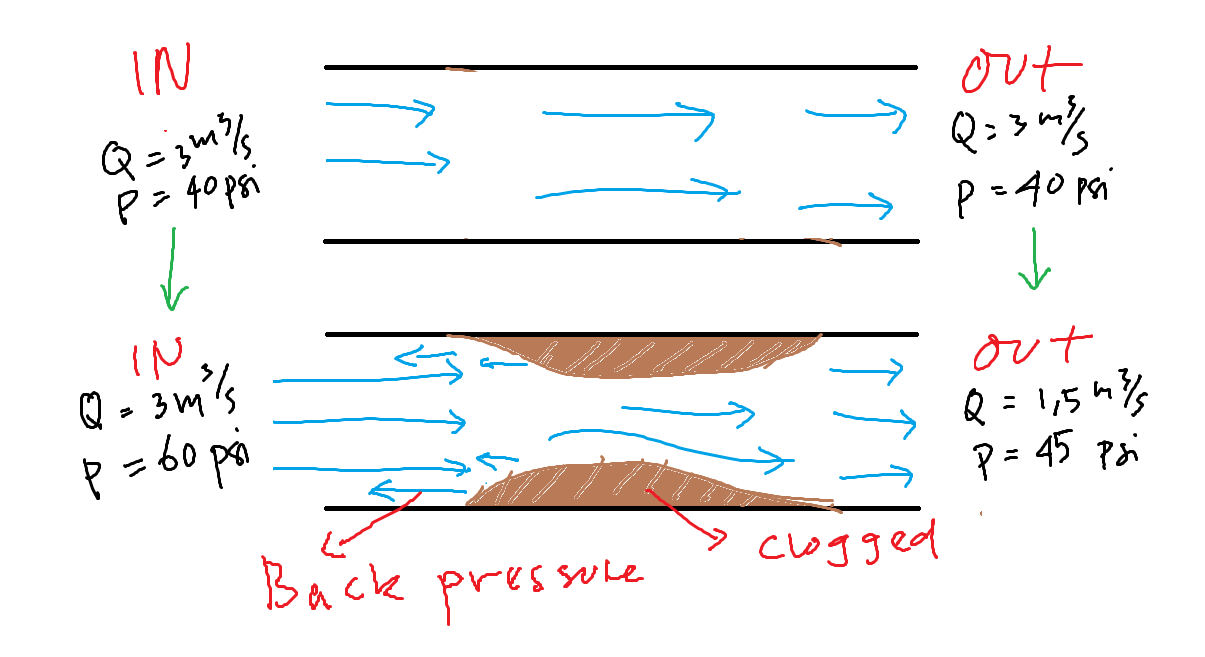AREA CLASSIFICATION APPLICABLE CODES
It is important to be familiar with the design codes in the applicable industry and apply them as instructed:
ANSI / NFPA STANDARDS
- NFPA 70 National Electrical Code (NEC)
- NFPA 496 Standard for Purged and Pressurized Enclosures for Electrical Equipment (National Fire Codes, vol. 7)
- NFPA 497 Recommended Practice for the Classification of Flammable Liquids, Gases, or Vapors and of Hazardous (Classified) Locations for Electrical Installations in Chemical Process Areas (Revised and Redesigned from NFPA 497A - 1992 and part of NFPA NFPA 497M - 1991 (National Fire Codes, vol. 11)).
API RECOMMENDED PRACTICES (RP)
- API RP 500 Classification of Locations for Electrical Installations at Petroleum Facilities as Class I, Division 1 and Division 2
- API RP 505 Classification of Locations for Electrical Installations at Petroleum Facilities as Class I, Zone 0, Zone 1, and Zone 2
INTERNATIONAL ELECTROTECHNICAL COMMISSION (IEC) STANDARD
- 60079-10 Electrical Apparatus for Explosive Gas Atmospheres - Part 10: Classification of Hazardous areas
- 60079-14 Electrical Apparatus for Explosive Gas Atmospheres - Part 14: Electrical Installations in Hazardous Areas (Other Than Mines)





